Not only are wooden ships beautiful, but they are also stronger and can carry much larger cargo. Wood has been so easily obtainable, and strong compounds have made it feasible to build larger ships with wooden frames that can stand up to ocean travel.
Wooden vessels were once the most common ship on the water but have gradually been replaced by steel, fiberglass, and aluminum in recent centuries.
Wooden ships have been the backbone of world trade for centuries. The largest wooden ships have a great deal of history behind them, and it is interesting to see who made each one. In this article, we’ll look at the 10 largest wooden ships ever in history.
-
French Ironclad Trident
Year/s Built: 1870 – 1876
Years Active: 1876 – 1909
Method of Retirement: Scrapped
Country of Origin: France
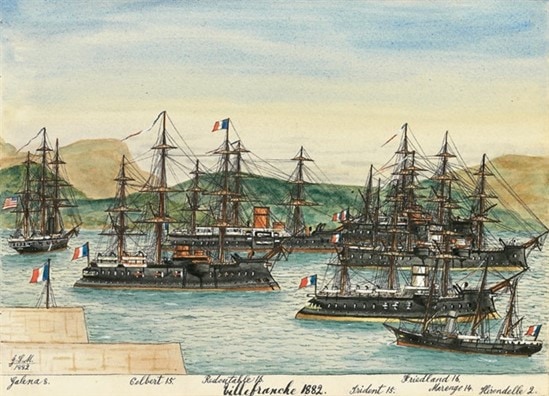 Source: Wikimedia
Source: Wikimedia
In the 1870s, the French Navy commissioned the construction of ironclads of the Colbert class. The French ironclad Trident was the second and last ship of the Colbert class to be constructed.
Most of the ship’s service was spent as the flagship of the deputy commander of the Mediterranean Squadron. She was active in the French conquest of Tunisia, especially during the bombardment and landing of soldiers in Sfax in the year 1881.
Did You Know?
The Trident was classed as a training ship in 1894, and she was condemned the following year, in 1900, before being sold for scrap in 1909.
-
HMS Mersey
Year/s Built: 1856 – 1858
Years Active: 1858 – 1875
Method of Retirement: Parts Sold for Refitting
Country of Origin: United Kingdom
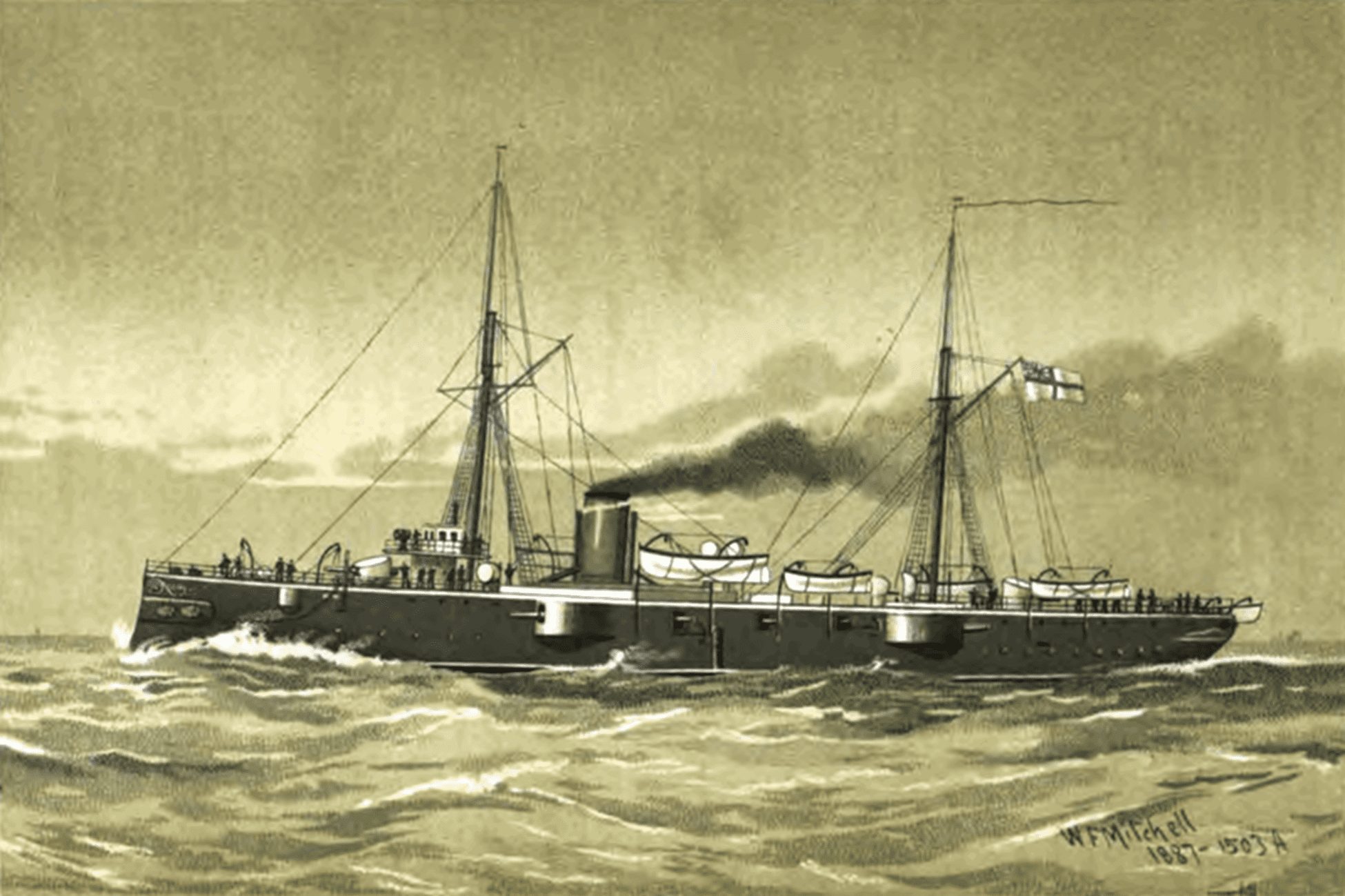 Source: Wikimedia
Source: Wikimedia
The HMS Mersey and her sister ship, the Orlando, were the longest wooden warships constructed for the Royal Navy when they were commissioned in 1858, barely six years after the first Mersey had been broken up.
The HMS Mersey was almost twice as large as other ships of her day that were constructed for the Royal Navy and was nearly twice as large as other ships that were constructed during that period.
Due to the uncommon merging of powerful equipment and a long wooden hull, the ship’s immense length imposed huge pressures on her hull, which resulted in her seams splitting up. The excessive length of the ship caused this.
Did You Know?
In 1875, Mersey was laid up and sold to be broken up. Some of her masts were transferred to HMS Endymion, which was undergoing refurbishment at the time in Portsmouth, and put there.
-
HMS Orlando
Year/s Built: 1856 – 1858
Years Active: 1858 – 1871
Method of Retirement: Sold for scrapping
Country of Origin: United Kingdom
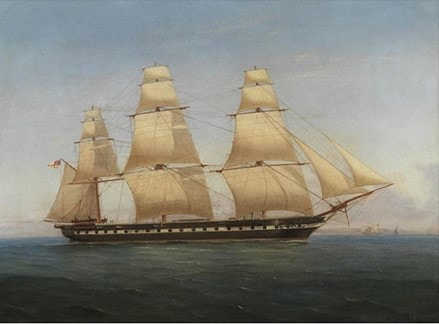 Source: Wikimedia
Source: Wikimedia
The HMS Orlando was another ship constructed in the same year, 1858, alongside its sibling vessel, the HMS Mersey. The HMS Orlando had a wooden hull propelled by steam, much like her sister ship, the HMS Mersey.
The battleship had a significant number of powerful weapons and was faster than many other vessels that were available at the same time.
Did You Know?
The ship Orlando was laid up in 1866, and she was finally sold for scrap in 1871.
-
Great Republic
Year/s Built: 1852 – 1855
Years Active: 1855 – 1872
Method of Retirement: Sunk due to storm in Bermuda
Country of Origin: United States of America
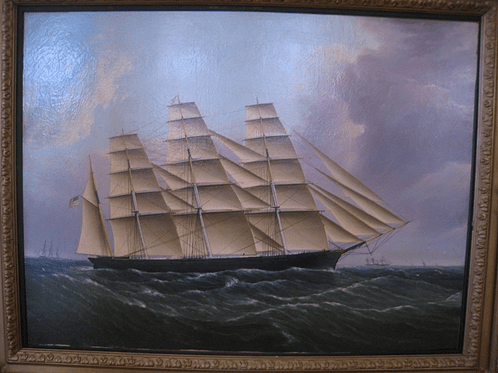 Source: Wikimedia
Source: Wikimedia
When it set sail in 1853, the Great Republic was the biggest wooden ship ever constructed. Additionally, the Great Republic set a new benchmark by being the biggest full-rigged ship that had ever been constructed in the United States.
Donald Mckay, a well-known naval architect and shipbuilding expert, was responsible for the ship’s design. She continued her journey until March 5, 1872, when a storm off the coast of Bermuda gravely damaged the ship and forced her crew to abandon the vessel.
Did You Know?
The Great Republic, which was known for its speed and was considered to be one of the fastest merchant streamers, established one of the most impressive marks ever by traveling 413 nautical miles in a single day.
-
Pretoria
Year/s Built: 1900
Years Active: 1900 – 1905
Method of Retirement: Sunk
Country of Origin: United States of America
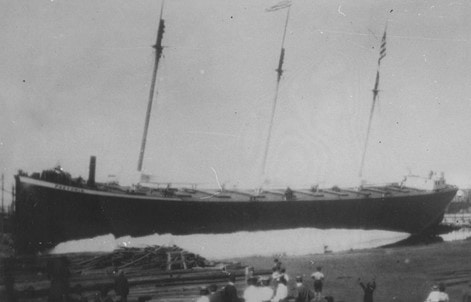 Source: Wikimedia
Source: Wikimedia
The American schooner barge Pretoria is considered to be one of the biggest wooden ships that have ever been built. She measured 338 feet in length, 44 feet in beam width, and 23 feet in depth.
On September 1, 1905, the ship Pretoria loaded up with goods at a port at Superior, Wisconsin, in Wisconsin. Shortly after the Pretoria, another noteworthy vessel, the lake freighter Sevona, loaded up with goods at the same dock.
Both vessels met their watery deaths the very next day in the vicinity of the Apostle Islands in Lake Superior as a result of an infamous storm that blew through the region.
Did You Know?
James Davidson of West Bay City, Michigan, is responsible for her construction, and she was designed specifically with the Great Lakes in mind.
-
Caligula’s Giant Ship
Year/s Built: circa 37 AD
Years Active: circa 37 AD
Method of Retirement: Reused parts for lighthouse
Country of Origin: Egypt
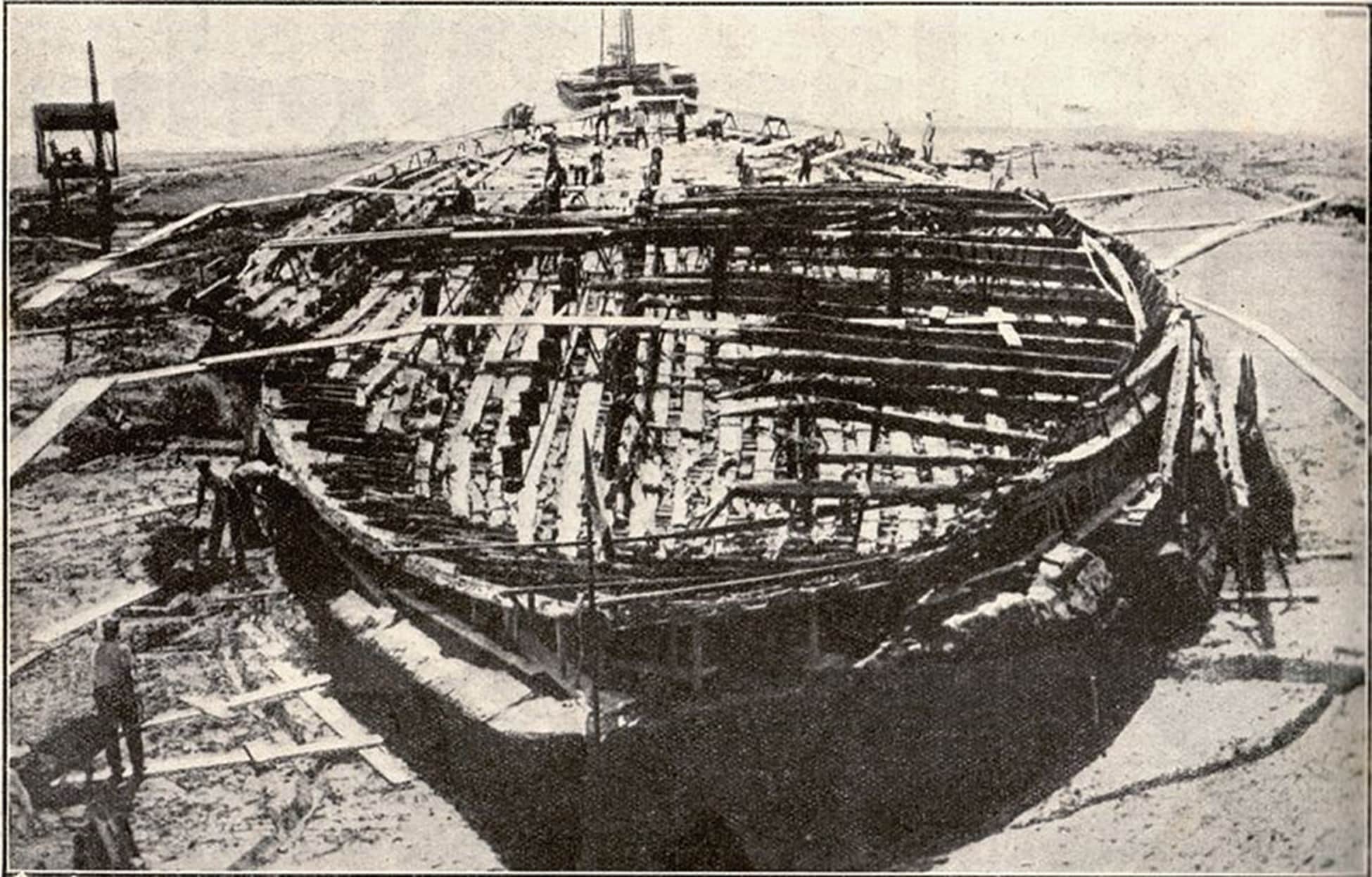 Source: Wikimedia
Source: Wikimedia
Caligula’s Giant Ship, sometimes called the round ship, was a huge wooden barge whose remnants were discovered during the building of Rome’s Leonardo da Vinci International Airport. It was named after the emperor Caligula.
This location, a few kilometers to the north of Ostia near the entrance of the Tiber River, once served as a Roman port. Using dendrochronological techniques, the age of the ship was determined to be around 37 AD.
Did You Know?
The most significant thing about the ship, other than its size, is that it was the vessel that brought the obelisk from Egypt to St. Peter’s Square.
-
Dunderberg
Year/s Built: 1865
Years Active: 1865 – 1874
Method of Retirement: Broken up
Country of Origin: United States of America
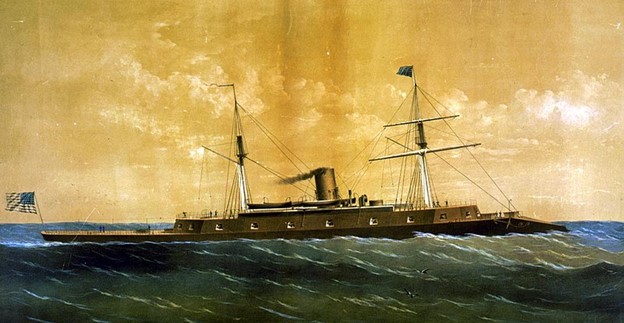 Source: Wikimedia
Source: Wikimedia
The Dunderberg was a kind of ocean-going casemate ironclad constructed for the Union Navy. The name comes from a Swedish term that translates to “thundering mountain.”
The ship’s building initially started in 1862; however, development was slower than typical, and the vessel was not put into service until 1865, far after the conclusion of the American Civil War.
After everything was said and done, the ship was finally rejected by the Union Navy, and as a result, Dunderberg began looking for another customer. France ultimately acquired it despite Prussia’s best efforts to do so, preventing them from acquiring it for their navy.
Did You Know?
Dunderberg served under France as Rochambeau. Despite being prepared for service in the war, it never actually engaged in any combat.
-
Solano
Year/s Built: 1878
Years Active: 1878 – 1931
Method of Retirement: Sold for scrap
Country of Origin:
 Source: Wikimedia
Source: Wikimedia
The Solano was a big railroad ferry constructed as a paddle steamer with strengthened paddles. Arthur Brown, who was in charge of the construction of bridges and structures for the Central Pacific Railroad, was the architect of the Solano.
Brown strengthened the ferry boat like a rail bridge using wooden Pratt trusses. Additionally, the ship was equipped with self-propelled side wheels driven by the Central Pacific Railroad.
Did You Know?
It was the biggest ferry boat that had ever been constructed when it was completed in 1878. During 1879 and 1930, the Solano railroad was responsible for transporting whole trains over the Carquinez Strait, separating Benicia and Port Costa in California.
-
Wyoming
Year/s Built: 1909
Years Active: 1909 – 1924
Method of Retirement: Sunk
Country of Origin: United States of America
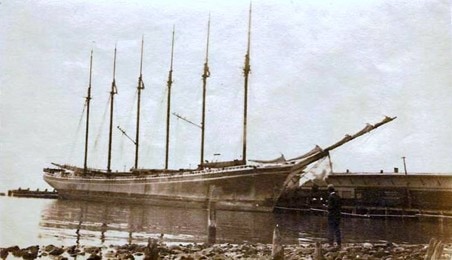 Source: Wikimedia
Source: Wikimedia
The Wyoming, a six-masted schooner, is the largest wooden ship in the world. It was constructed by the company Percy & Small in Bath, Maine, in 1909 and finished the same year.
Wyoming had the propensity to bend when encountering rough waves due to the ship’s vast length and its wooden build.
Despite the metal bracing attached to the boards, they buckled and twisted. Steam pumps were required to remove almost continuous water from the system.
Coal was the planned cargo for the Wyoming, designed by Bant Hanson in collaboration with Miles M. Merry, the master builder for the Atlantic coastal trade, and constructed under the house flag of Percy & Small.
Did You Know?
Because Wyoming Governor Bryant Butler Brooks (1907–1921) was one of the investors in the ship, which cost $175,000 in 1909 dollars, the vessel was given the name Wyoming.
RELATED READINGS
10 Largest Ships in the World
10 Largest Cruise Ships in the World
8 Largest Battleships Ever Built in the World
10 Largest Yachts in the World
9 Most Expensive Cruise Ships in the World
9 Most Expensive Star Citizen Ships
12 Oldest Boats in the World
